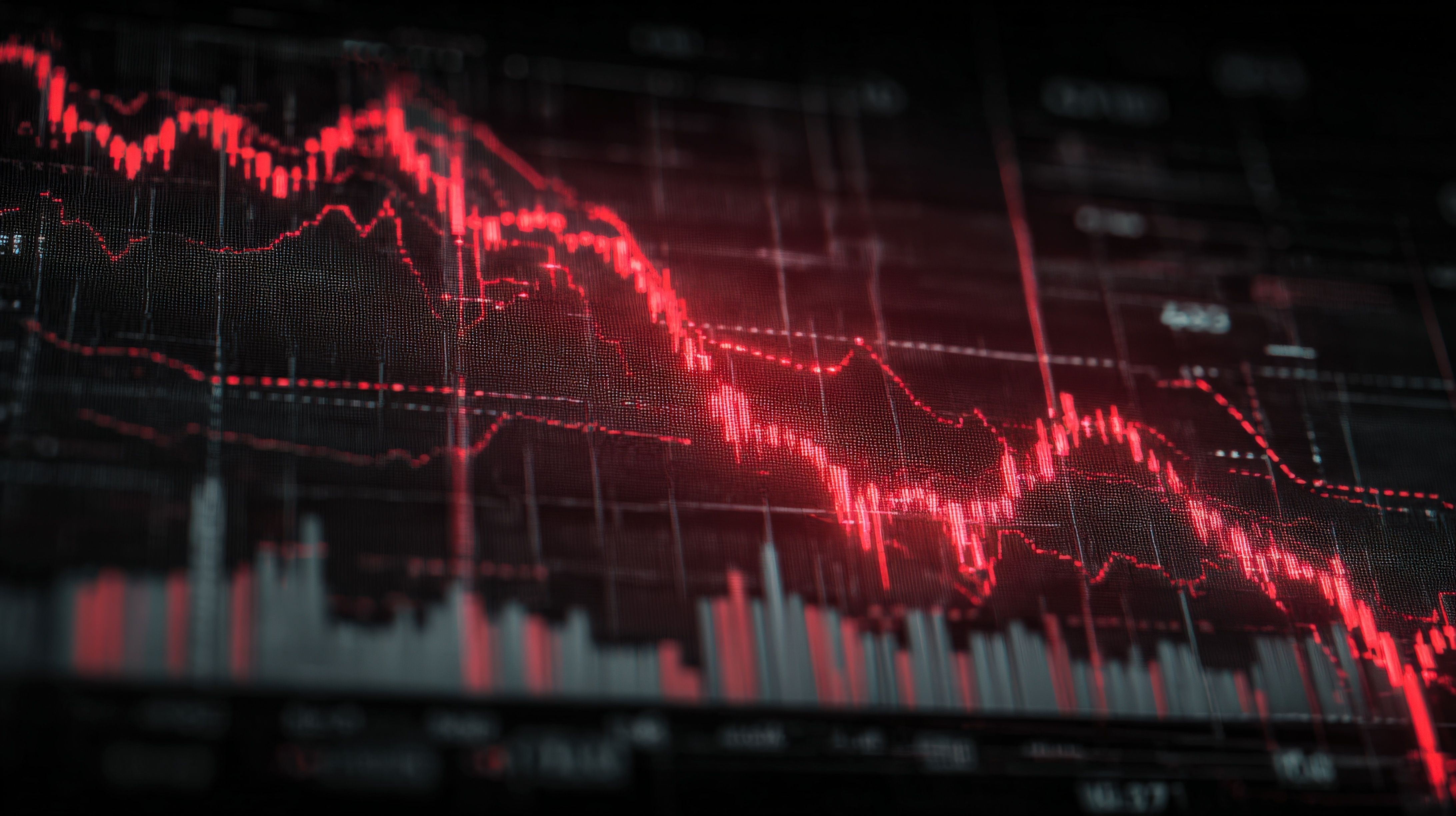
Can High Margin Debt Trigger Stock Market Crashes? – Analysis by Ullrich H. Angersbach
Ullrich H. Angersbach analyzes how margin debt fuels volatility, historical parallels from 1929 to 2008, and why risk management is key in credit-driven markets.
The Financial Crisis of 2008 and Historical Parallels
When the global financial system stood on the brink in 2008, many feared a repeat of the Great Depression of 1929, which began with a dramatic stock market crash. Massive interventions by central banks prevented a complete collapse. Since March 2009, global markets have trended upward. But how sustainable is this trend – and what role does margin debt play?
The Link Between Stock Prices and Margin Debt
History shows a striking pattern: the crashes of 2000–2003 and 2007–2009 in the U.S. stock markets both followed record levels of margin debt. Data from the New York Stock Exchange (NYSE) confirm this (source: advisorperspectives.com).
Today, stock prices and margin borrowing are once again climbing in parallel, reaching higher levels than before the last two major crashes. Prominent investors such as George Soros and Marc Faber have warned of renewed crash risks.
Why Margin Debt Fuels Market Volatility
The mechanism is straightforward:
- In bull markets, investors increasingly buy stocks on credit.
- Rising prices attract more margin buyers, fueling the rally.
- When sentiment shifts due to economic or geopolitical shocks, forced selling begins.
- Margin calls accelerate downturns as brokers demand additional collateral.
These liquidations can turn a correction into panic selling, intensifying market declines.
Current Margin Debt Levels
As of January 2025, margin debt reached a record $937 billion, up 33% year-over-year. This surge followed strong gains in the S&P 500 and has been partly attributed to the so-called “Trump bump” after the presidential election.
While wealth managers note that this rise must be seen in the context of growing household assets, they also caution that deleveraging could foreshadow market pullbacks, similar to early 2022. Inflation concerns, waning consumer confidence, and geopolitical risks add to volatility.
Historical Parallels: Black Thursday 1929
On October 24, 1929 – Black Thursday – panic selling triggered by excessive margin debt led to a market collapse.
By summer 1932, the Dow Jones had plunged to 41 points, back to levels of 1896. The fallout: massive wealth destruction, corporate bankruptcies, and widespread unemployment – ushering in the Great Depression.
Economic Aspects of Market Crashes
Crashes often start at a single exchange but spread globally through contagion effects. Risks rise when:
- stock valuations are overstretched
- margin costs climb due to higher interest rates
- investors are forced to liquidate debt-financed positions
- speculative bubbles disconnect from real economic fundamentals
Conclusion
Whether margin debt inevitably causes crashes is uncertain – but history shows it amplifies both bull and bear markets.
Ullrich H. Angersbach concludes:
“In highly leveraged markets, volatility surges and sharp corrections become far more likely. Effective risk management is essential for survival.”
FAQ on Margin Debt and Stock Market Crashes
Does margin debt cause crashes?
Not directly, but it makes markets more fragile and accelerates downturns.
How high is margin debt today?
As of January 2025, it reached $937 billion – an all-time high.
Why does leverage increase volatility?
Because margin calls force investors to sell into falling markets.
What should investors do?
Use prudent risk management, limit leverage, and consider hedging strategies.
Further Articles by Ullrich H. Angersbach
- ullrich-angersbach-aktien.de – Stocks
- ullrich-angersbach-aktienoptionen.de – Stock Options
- ullrich-angersbach-anleihenblase.de – Bond Bubble
- ullrich-angersbach-crowdfunding.de – Crowdfunding
- ullrich-angersbach-goldpreis.de – Gold Price
- ullrich-angersbach-grenzgaenger.de – Extreme Sportsman
- ullrich-angersbach-griechenland.de – Greece Debt Crisis
- ullrich-angersbach-kursverluste.de – Stock Price Losses
- ullrich-angersbach-managed-futures.de – Managed Futures
- ullrich-angersbach-portfolio.de – Portfolio Strategies
- ullrich-angersbach-schach.de – Chess
- ullrich-angersbach-schacheroeffnungen.de – Chess Openings
- ullrich-angersbach-schuldenschnitt.de – Debt Restructuring
- ullrich-angersbach-verkaufsabschluss.de – Closing Sales
- ullrich-angersbach-verkaufsfehler.de – Sales Mistakes
- ullrich-angersbach-wohnimmobilien.de – Residential Real Estate
- ullrich-angersbach-zentralbanken.de – Central Banks
- ullrich-angersbach-zinswende.de – Interest Rate Reversal
Disclaimer
The views expressed by Ullrich H. Angersbach in this article are for general informational purposes only. They should not be seen as financial, investment, or legal advice. Markets are volatile, and past developments cannot predict future outcomes. All examples are illustrative, and readers should seek professional advice before making investment decisions. The author accepts no responsibility for losses incurred through reliance on this content.
© 2025 Ullrich H. Angersbach. All rights reserved.
Ullrich Angersbach – Graduate in Business Administration, Asset Manager, and Marketing Coach for Fund Management Companies
Ullrich Angersbach completed his studies in Business Administration at Ludwig-Maximilians-Universität Munich in 1979, graduating as a Diplom-Kaufmann (equivalent to a master’s degree in business administration). His thesis, “Das Bauherrenmodell – Eine Information für Kapitalanleger und Anlageberater” (The Builder Model – Information for Investors and Investment Advisors), was published the same year and dealt with the tax aspects of real estate investments.
After graduation, he worked for many years in an independent asset management company, including two years in the United States. He later headed a family office in Switzerland and subsequently took on responsibility for establishing an international sales organization for fund investments offered exclusively to qualified investors.
Since 2008, Angersbach has been working as an independent marketing coach, supporting fund management companies with his many years of professional experience and publishing specialist articles. In addition, he writes about his private travels.
At the end of 2016, he became acquainted with the non-profit organization EinDollarBrille e.V. / OneDollarGlasses, where he has since been engaged as a volunteer.
© 2025 | ullrich-angersbach.de